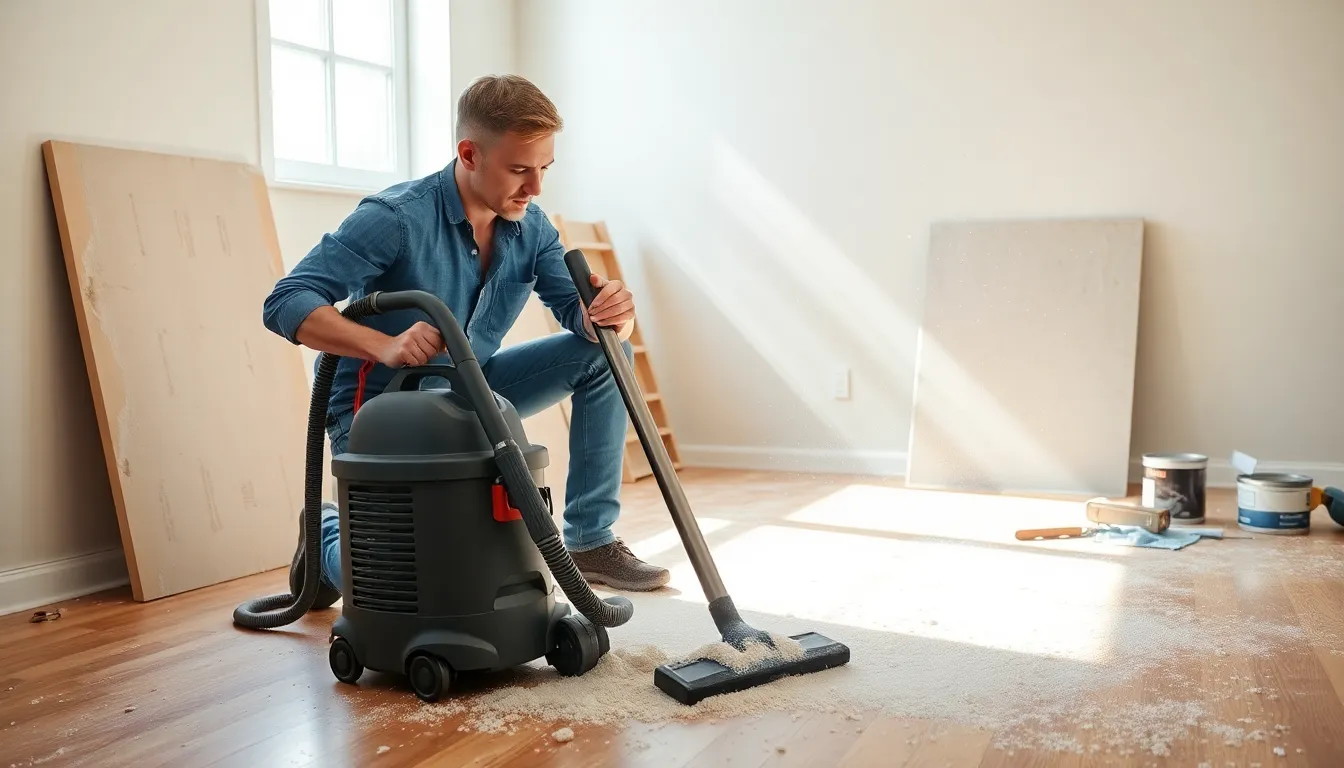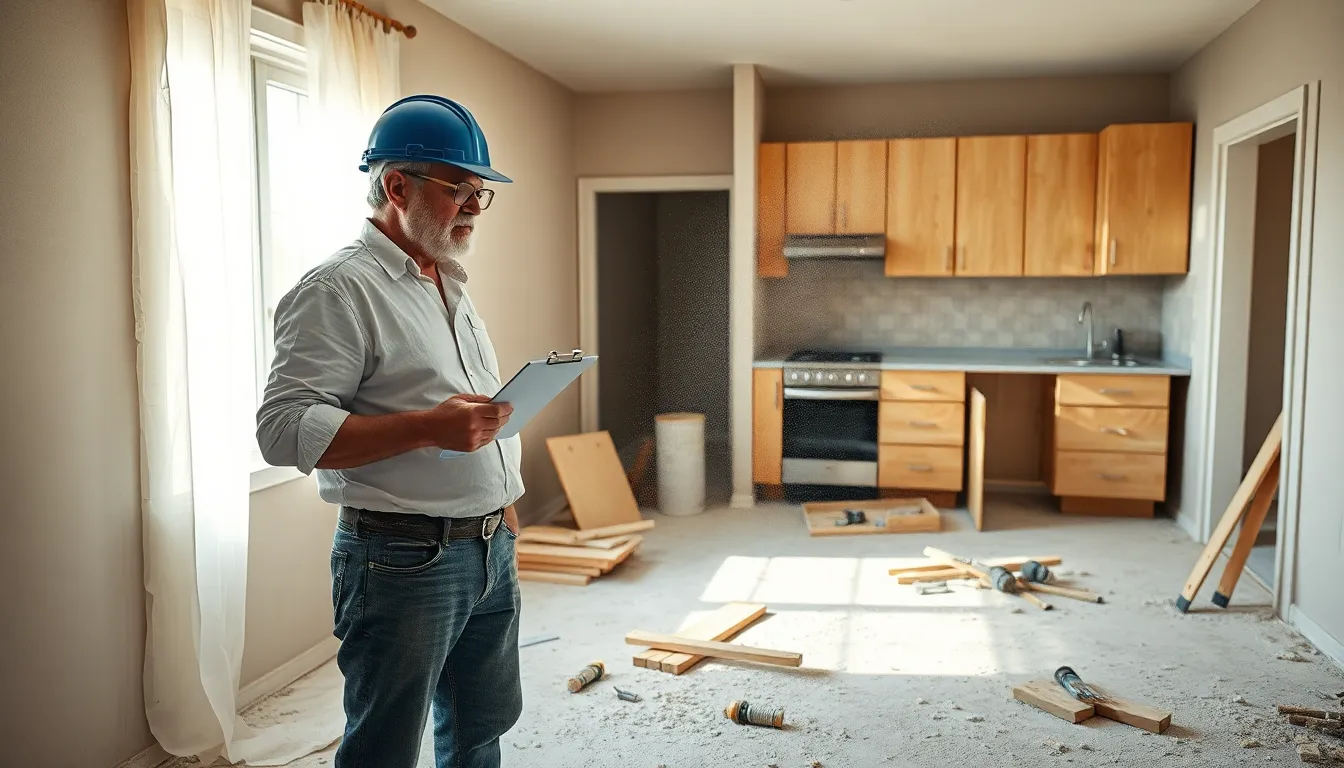In the realm of real estate, understanding the implications of dust and debris is crucial for both buyers and sellers. While often overlooked, these elements can significantly affect the integrity and value of a property. This article explores the various dimensions of dust and debris in real estate transactions, shedding light on their sources, impacts, and management practices. By recognizing the importance of this often-neglected factor, home buyers and sellers can make more informed decisions that safeguard their investments and enhance property values.
Table of Contents
ToggleWhat Is Dust And Debris in Real Estate Transactions?

Dust and debris refer to the unwanted particles and residues often found in homes due to various factors such as construction, renovation, and general wear and tear. In real estate transactions, these non-permanent materials can stem from sources like drywall cutting, sanding, or even daily living activities.
Dust usually consists of tiny particles that can affect air quality and visibility, while debris may include larger waste materials such as construction leftovers, damaged items, or general refuse. Both can pose health risks and create aesthetic concerns, making them essential to address during any property transaction.
Sources of Dust And Debris in Home Buying
Several sources contribute to the accumulation of dust and debris during the home buying process. These may include:
- Renovations and Repairs: Whether it’s updating a kitchen or renovating a bathroom, remodeling can create significant amounts of dust and debris, especially if heavy construction is involved.
- Landscaping: Activities such as mowing the lawn, trimming hedges, or planting new flowers can also generate dust and organic debris, affecting the overall cleanliness of the property.
- Moving In and Out: The process of packing and unpacking belongings creates an inevitable amount of dust as items are shuffled around and transported.
- General Maintenance: Routine cleaning often stirs up dust that settles in overlooked areas such as under appliances or behind furniture.
The Effects of Dust And Debris on Property Value
Dust and debris can have a significant impact on property value. Buyers typically prefer homes that are clean and well-maintained, and the presence of excessive dust or debris may lead to negative impressions.
From a valuation standpoint, homes with inadequate cleanliness might warrant lower offers because potential buyers could perceive them as requiring extensive cleaning or repairs. Besides, lingering dust, especially if it’s mold or allergen-laden, can pose health risks that conventional inspections might overlook.
Also, in a highly competitive market, a clean, well-kept home tends to attract more buyers and sell faster, so enhancing its marketability. Hence, dust and debris can inadvertently become pivotal factors affecting a property’s overall value.
Best Practices for Managing Dust And Debris During Home Inspections
Managing dust and debris during home inspections is essential for ensuring a thorough evaluation of the property’s condition. Here are some best practices:
- Pre-Inspection Cleaning: Sellers should consider cleaning their homes before inspections to minimize dust and debris. This includes vacuuming carpets, dusting surfaces, and clearing any noticeable clutter.
- Ventilation: Ensuring proper ventilation during inspection times can help reduce airborne dust. Opening windows or using fans can create a breeze that disperses any accumulated dust.
- Protective Gear: For inspectors, wearing masks and using fan filters can mitigate exposure to dust and allergens. This is especially critical in older homes where the dust may contain hazardous materials.
- Documentation: Taking photos and documenting any visible debris during the inspection not only helps in future negotiations but also aids in understanding the home’s overall condition.
By adopting these practices, both buyers and sellers can ensure a more accurate appraisal of the property’s condition.
Legal Considerations Related to Dust And Debris
In real estate transactions, legal considerations surrounding dust and debris often revolve around disclosure requirements. Sellers are generally obligated to disclose known issues about dust and debris that might affect a buyer’s decision.
Failure to disclose such information can lead to legal disputes post-sale, especially if the dust or debris results from mold contamination or pest infestations. Also, local regulations may dictate standards for cleanliness and air quality, particularly in areas with stringent property maintenance codes.
Buyers may also want to consider the potential legal implications of leaving a home unattended while under renovation or during extended vacancies, as this may lead to justify claims about non-disclosure if issues arise later.
Conclusion
Understanding the implications of dust and debris in real estate transactions is vital. From affecting property value to posing potential health risks, the presence of dust can influence a buyer’s perception and decision-making process.
By recognizing sources, implementing proactive management strategies during home inspections, and considering legal obligations, sellers and buyers alike can navigate this often-overlooked aspect of real estate with confidence. A clean home is not just about aesthetics: it’s about ensuring safety, compliance, and value retention in today’s competitive market.






